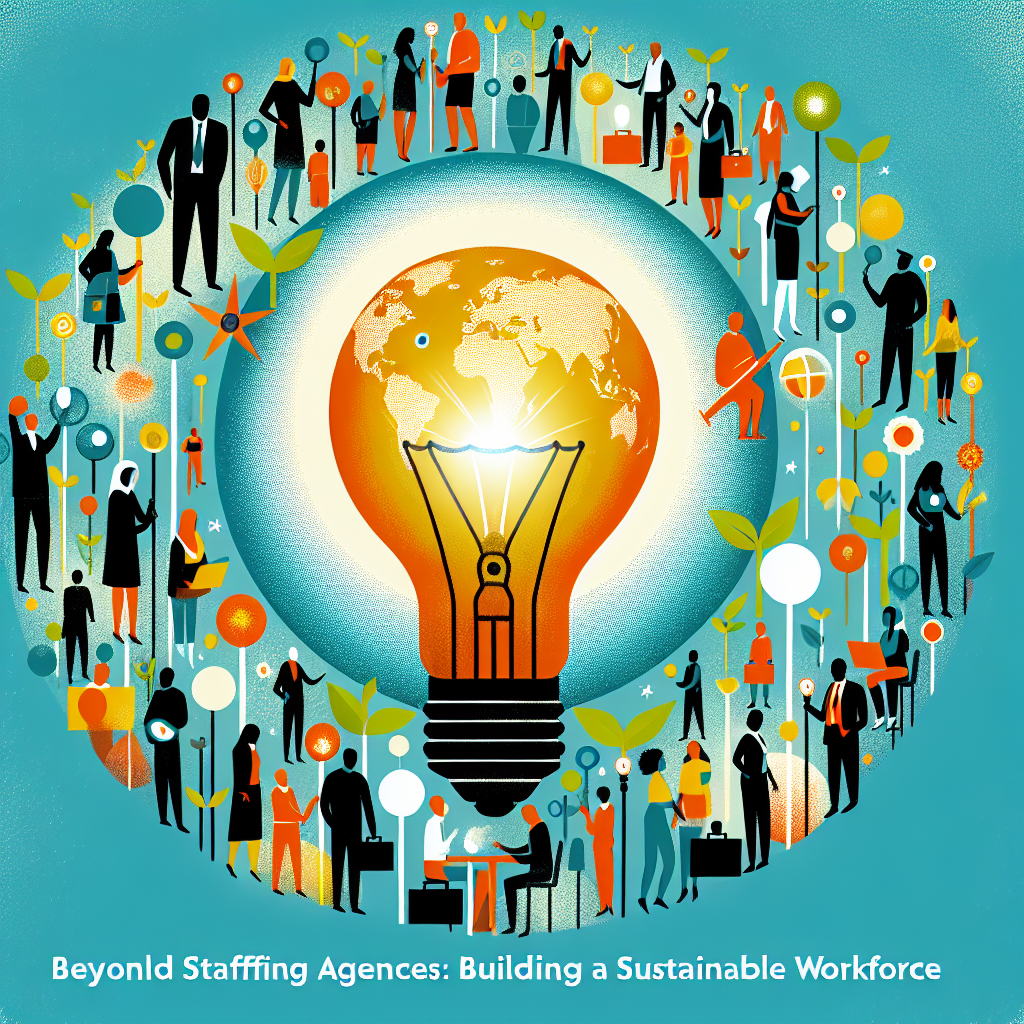New York, NY—As the healthcare industry grapples with an unprecedented workforce crisis, especially within the nursing home sector, a new trend is emerging: moving away from traditional staffing agencies towards a model aimed at building a sustainable workforce. While this shift may appear as a beacon of progress and innovation on the surface, it raises alarming concerns about the potential detrimental effects on nursing homes and their ability to provide consistent, quality care to residents.
The pivot from reliance on staffing agencies, which have historically played a critical role in filling immediate labor gaps in nursing homes, to investing in long-term workforce development strategies, is being driven by the desire to reduce staffing turnover and related costs. However, critics argue that this shift could have dire consequences for the industry. According to a recent study, the turnover rate in nursing homes can range as high as 100% annually for certain positions, underlining the critical dependency of these facilities on staffing agencies to meet their immediate labor needs.
A sustainable workforce strategy typically focuses on recruitment, retention, and development efforts, such as offering competitive wages, benefits, professional development opportunities, and fostering a positive workplace culture. While these efforts are commendable and necessary for the long-term health of the workforce, they do not address the acute, day-to-day staffing shortfalls that are common in nursing homes. “Implementing a sustainable workforce strategy is essential, but it’s a long-term solution to a problem that needs immediate attention,” says Dr. Helen Baxter, a healthcare workforce expert. “Nursing homes are already stretched thin, and without the flexibility to bring in staff on short notice, we risk seeing a decline in the quality of care provided to our elders.”
One of the significant risks of moving away from staffing agencies is the potential for increased workload on existing staff, which can lead to burnout and further exacerbate staffing turnover. Nursing homes are already operating under strenuous conditions, and without the immediate relief that staffing agencies provide, it’s conceivable that staff burnout and turnover could worsen, creating a vicious cycle that undermines the very goal of building a sustainable workforce.
Furthermore, the transition to a sustainable workforce model requires significant upfront investment and time—resources that many nursing homes, particularly those in rural or underserved areas, do not have. This disparity could lead to a widening gap in care quality between well-funded, urban nursing homes and their less affluent counterparts, further exacerbating inequalities within the healthcare system.
In conclusion, while the move towards building a sustainable workforce in the nursing home sector is born out of a necessitous desire to improve employee retention and reduce costs, it is not without its drawbacks. The potential negative impacts on the quality of care, employee morale, and operational capacity cannot be overlooked. As the industry explores this new paradigm, it must also consider safeguarding mechanisms to ensure that nursing homes can continue to rely on the flexible workforce support that staffing agencies provide, all the while working towards the laudable goal of a sustainable and resilient workforce for the future.


